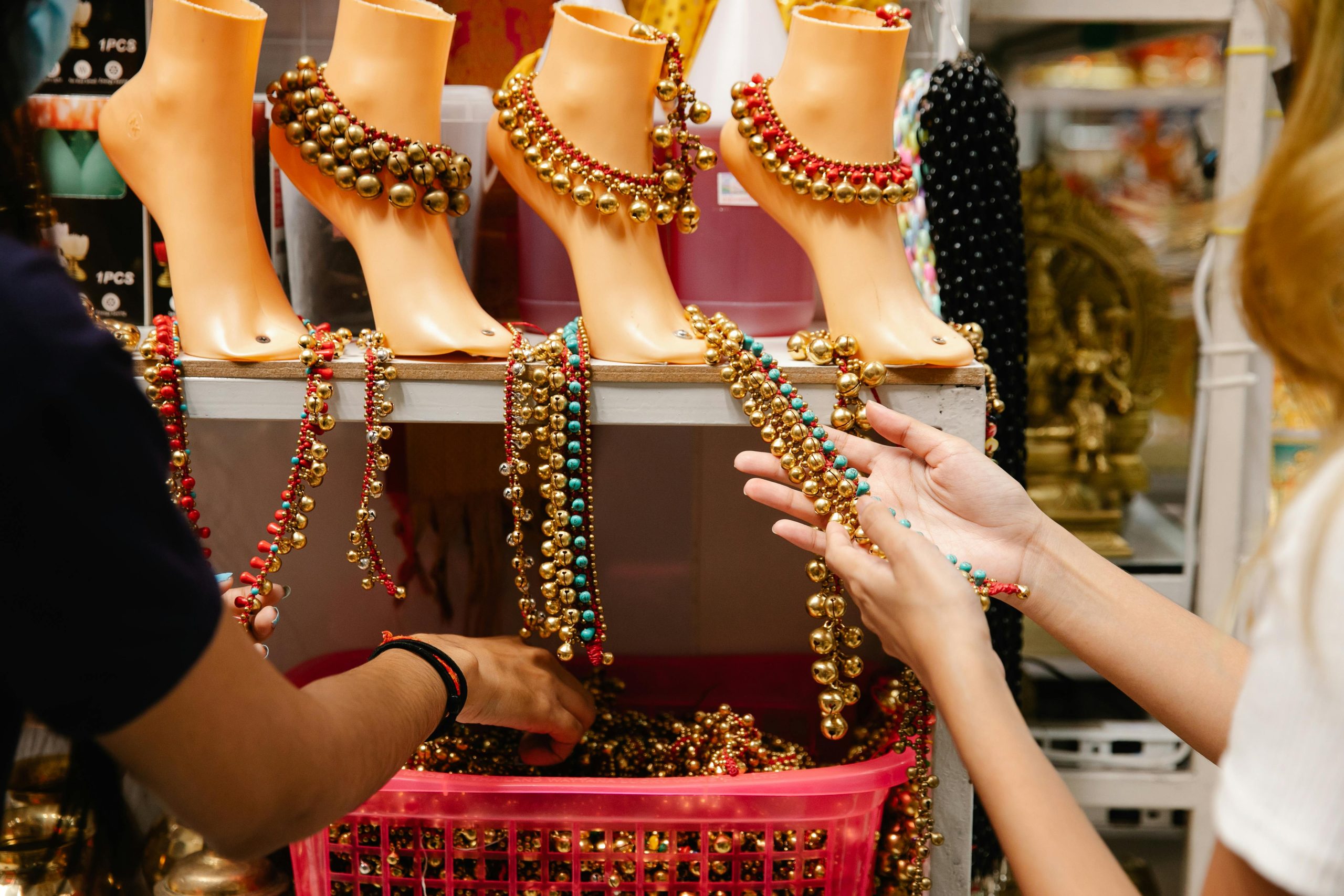Animation From Hand Drawn to Digital
Some of our fondest childhood memories involve watching cartoons on TV. Since there was no social media and OTT back then, we were all clued to classics such as Peter Pan, Snow White, Bambi and so on. As I write this blog, the stories and their characters still resonate in my mind, evoking a feeling of nostalgia and joy. We have to admit that animation has come a long way since its early days. It is an art form that has undergone significant evolution. From then till now, 2D animation has captivated audiences of all ages with innovative storytelling and stunning visuals. From hand-drawn animation to computer-generated imagery (CGI), and from pencil to pixel, the journey has been remarkable and we’re here to highlight the technological advancements that have reshaped the medium over time.
The Early Days: Traditional Animation
Animation that is art-in-motion is something that was discovered as early as the Palaeolithic age. Traditional animation or hand-drawn animation began almost a century ago. It was used in the early days of cinema and is still used today in traditional 2D animation. Individual drawings were made on transparent celluloid sheets and when they were played in sequence, the drawings created an illusion of movement. No doubt this process was pretty labour-intensive and time-consuming. However, the animator or artist had greater control over the final product. It allowed for better artistic expression. Animators were required to draw several drawings for just a few minutes of animation, and not to miss, the drawings had to be precise to ensure smooth movement. Disney’s hand-drawn animation technique is something that dominated the industry for decades. Snow White and the Seven Dwarfs, Pinocchio and Bambi were all produced on traditional cel animation.
Stop-Motion Animation
In the mid 1900s, stop-motion animation became immensely popular. It is another early-form of animation. It involved creating physical models and manipulating them frame-by-frame to create an illusion of movement. The physical objects included puppets or clay models. In stop-motion animation, attention-to-detail is very important. It was used in films like King Kong and The Night Before Christmas. Though this method is still used today, it is largely replaced by computer animation. Most animation and multimedia colleges in Bangalore teach this method.
The Digital Revolution: Computer Animation
The end of the 1980s saw the advent of computer animation. The introduction of digital technology led to this paradigm shift. Using various software, animators could now create complex 3D animations thereby eliminating the need for hand-drawn cells. Pixar Animation Studio produced the first feature-length computer-animated film, Toy Story in 1995. Compared to traditional animation, computer animation allows for better efficiency. Animators can work faster and even implement changes. Also, they have better control over lighting, camera angles and special effects. With digital technology, more realistic and dynamic animations can be created. With digital animation foraying into the entertainment industry, movies, video games and TV shows witnessed a new revolution.
The undergraduate degree in visual arts from Vogue Institute of Art & Design delves deep into the technological advancements of animation. Students gain insights on modelling, scene staging, filmmaking, lighting, figure, drawing, simulation, classical animation and art direction.
Rise of VFX in Animation
While digital technology made it easier to create complex animations, another significant advancement in this domain is the rise of motion graphics and visual effects. VFX has been a part of animation for the longest time. However, recently, it became a crucial part of the industry. As the name implies, VFX helps in creating or enhancing the special effects in a film or video. With VFX, complex environments and characters can be created which is not possible with traditional animation.
Another new entrant in the animation industry is AI-generated animation. Though it has not taken over the industry completely, it is slowly making its way. With this, on-demand animation can be easily generated.
Conclusion
As we look into the future, the legacy of animation looks bright. It’s no surprise that evolution has been driven by technological advancements. From hand-drawn to digital and now AI, animation has come a long way and is only set to evolve in the near future. Owing to this trend, animators and VFX artists will be in demand. This is one reason why students are pursuing degree and diploma programs in animation and visual arts. At Vogue, our curriculum is designed to prepare students for the ever-changing landscape of animation. We ensure they’re well-versed with both traditional and new-age animation methods.




